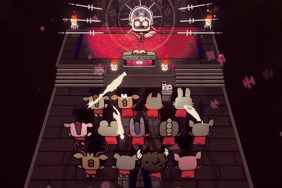The needs of the many outweigh the needs of the few.
Being a man of science, and to some degree mysticism, I must admit the whole
"one god" idea never really flew with me. Indeed, all those years
of Catholic school failed to convince me that the human civilization is only
1200 years old and that our wonderful planet was a gift from…











